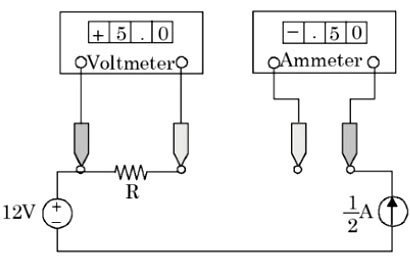Copper loss is proportional to the square of load current. At half load, load current becomes half as voltage remains the same, so the copper loss will become (1/2)2 i.e 1/4 times of full load copper loss.
At full load copper Loss = I2R
At half load copper Loss = (I/2)2 × R = I2/4 × R
400 = I2/4 × R
I2R = 4 × 400
I2R = Full load copper Loss = 1600 W
